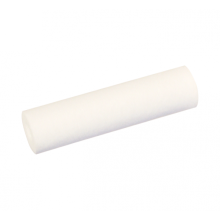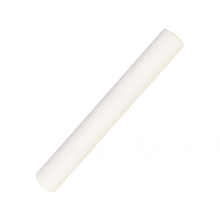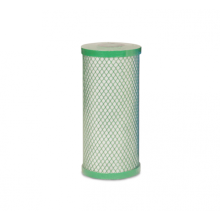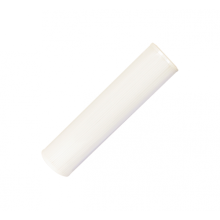RO Water Filters
Reverse osmosis (RO) is a water purification process in which a partially permeable membrane removes ions, unwanted particles and larger molecules from drinking water.
Reverse osmosis uses pressure applied to overcome osmotic pressure. Reverse osmosis can remove many types of dissolved and suspended chemicals, as well as biological substances(mainly bacteria) from water, and is used in both industrial processes and drinking water production. As a result, the solute is retained on the pressurized side of the membrane, and the pure solvent can pass to the other side.
RO system water is ideal for drinking, for plants and has many other uses!
It is important to understand that the RO system uses cross-flow filtration instead of standard filtration, in which contaminants are collected in the filter media. With cross-flow filtration, the solution passes through a filter or passes through a filter with two outlets: filtered water flows one way and contaminated water flows the other way. To avoid the buildup of contaminants, cross-flow filtration allows accumulated contaminants to sweep through the water, and allows enough turbulence to keep the membrane surface clean.
What contaminants will Reverse Osmosis remove from water?
Reverse osmosis is capable of removing up to 99%+ of dissolved salts (ions), particles, colloids, organic matter, bacteria and pyrogens from feed water (although you should not rely on an RO system to remove 100% of bacteria and viruses ). The RO membrane rejects contaminants based on their size and charge. Reverse osmosis is very effective in treating brackish, surface and ground water for both high and low flows. Some examples of industries using RO water include pharmaceuticals, horticulture, food and beverage production, metal processing and semiconductor manufacturing.

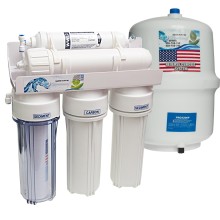


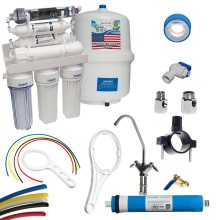
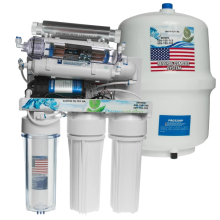

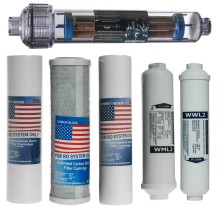
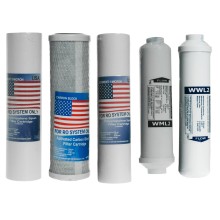
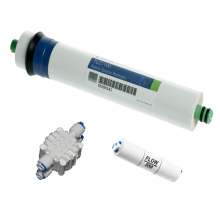
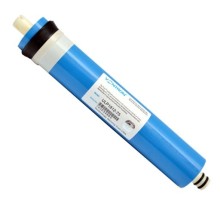
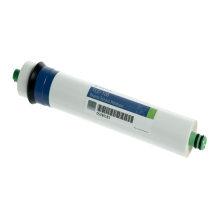
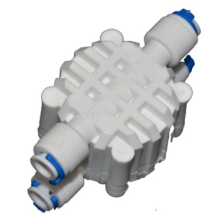
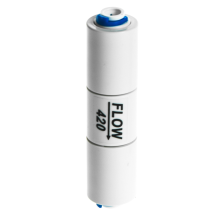
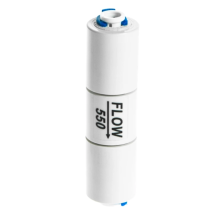
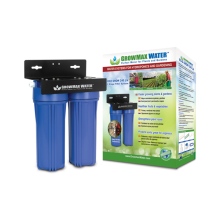

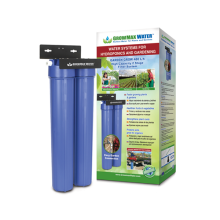

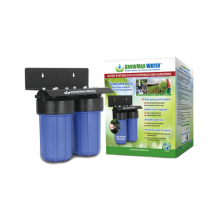

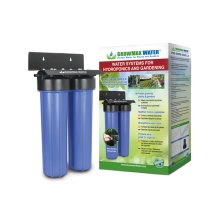

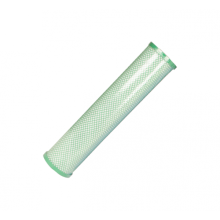
![GrowMax Water POWER GROW 500 [L/d], reverse osmosis kit](https://growshop.org/2919-home_default/growmax-water-power-grow-500-l-d-reverse-osmosis-kit.jpg)
![GrowMax Water POWER GROW 500 [L/d], reverse osmosis kit](https://growshop.org/2920-home_default/growmax-water-power-grow-500-l-d-reverse-osmosis-kit.jpg)
![GrowMax Water MEGA GROW 1000 [L/d], reverse osmosis kit](https://growshop.org/2924-home_default/growmax-water-mega-grow-1000-l-d-reverse-osmosis-kit.jpg)
![GrowMax Water MEGA GROW 1000 [L/d], reverse osmosis kit](https://growshop.org/2925-home_default/growmax-water-mega-grow-1000-l-d-reverse-osmosis-kit.jpg)
![GrowMax Water MEGA GROW 1000 [L/d], reverse osmosis kit](https://growshop.org/2929-home_default/growmax-water-growmax-3000-l-d-reverse-osmosis-kit.jpg)
![GrowMax Water MEGA GROW 1000 [L/d], reverse osmosis kit](https://growshop.org/2930-home_default/growmax-water-growmax-3000-l-d-reverse-osmosis-kit.jpg)
